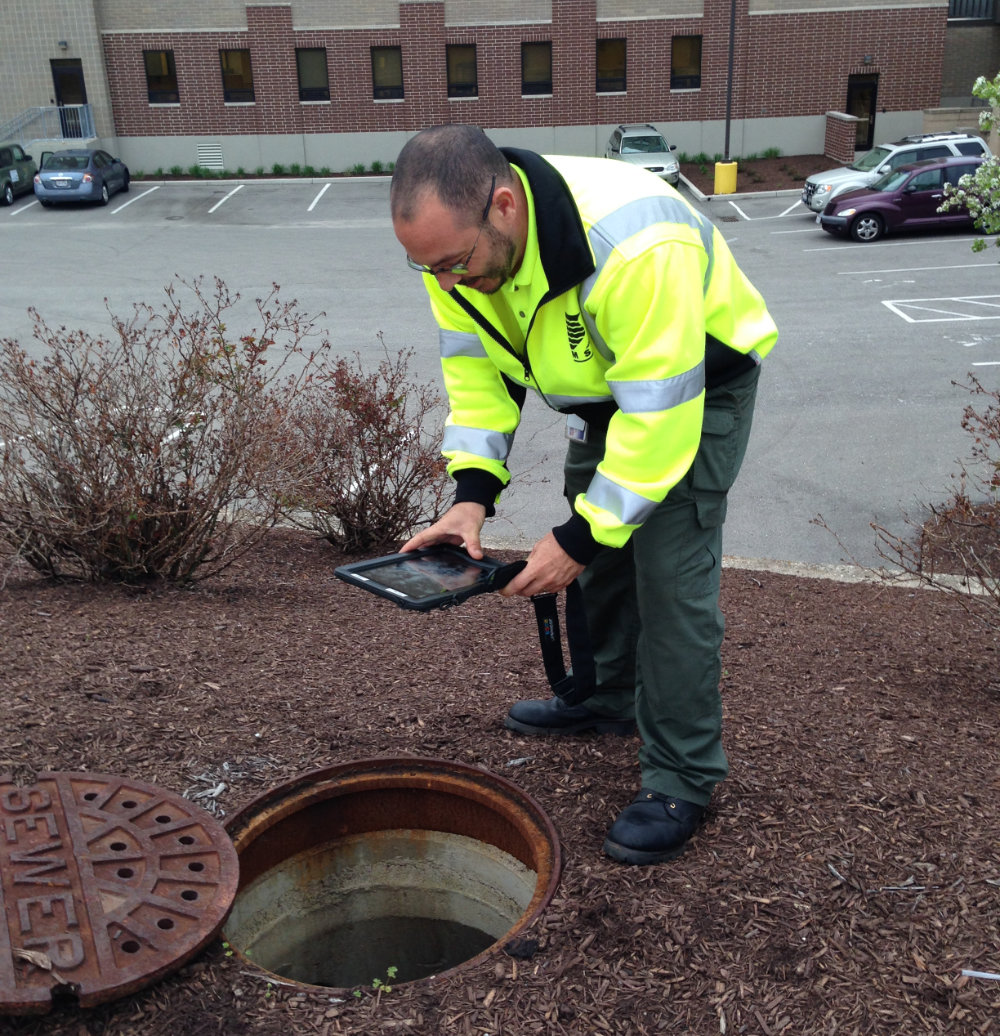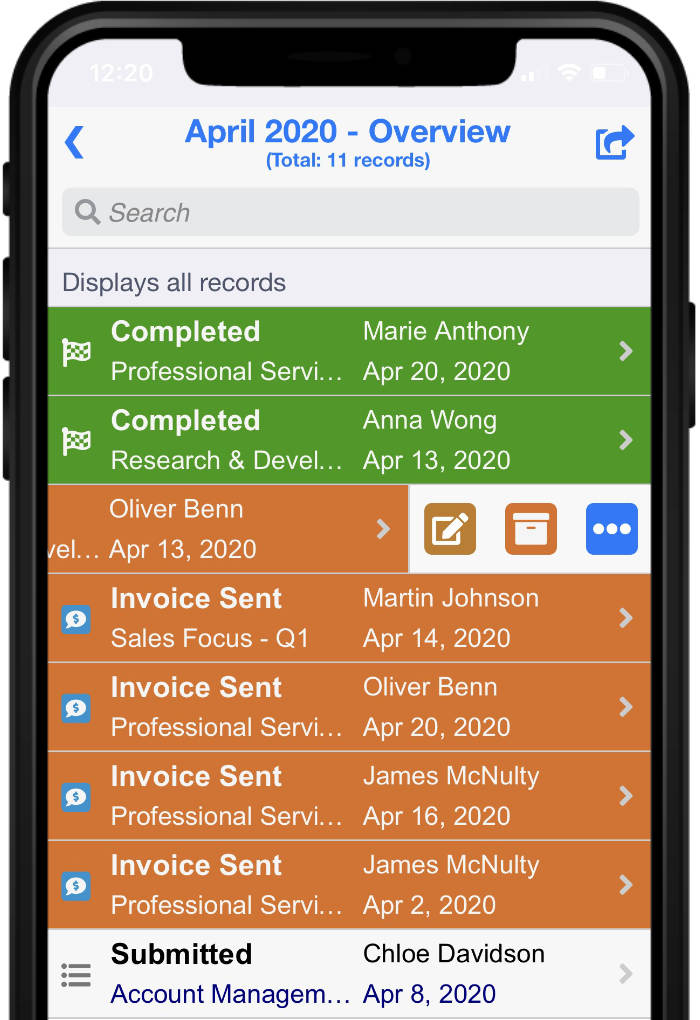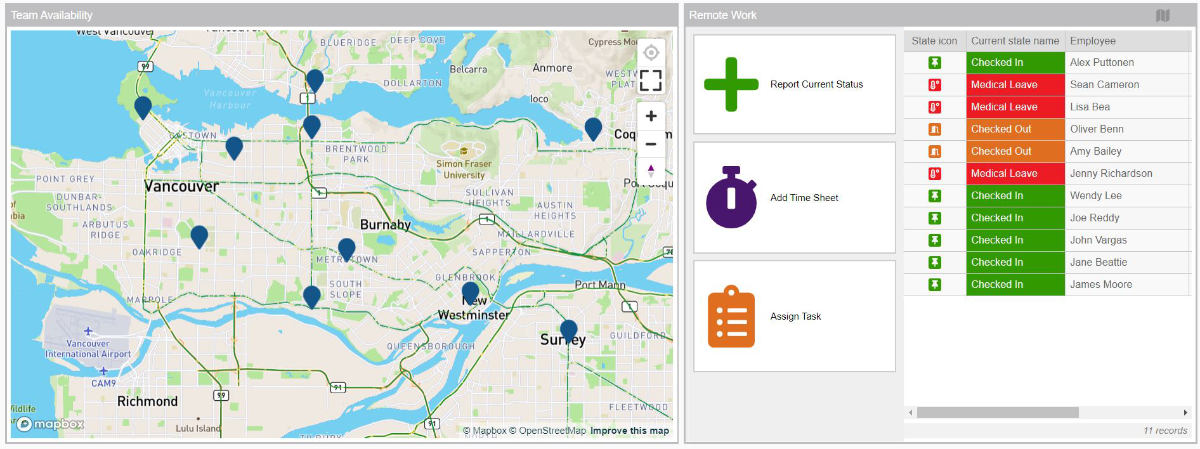Staying Resilient During a Crisis: Cincinnati Responds to 100-Year Storm
May 06, 2020
By Lisa Nguyen

The COVID-19 outbreak continues to have a detrimental impact on our global economy and the health of people around the world. A valuable lesson we have learned from the current outbreak is that a crisis can strike an organization at any time. Nonetheless, there are strategic businesses that have long prioritized crisis management. They continue to ensure technical support infrastructure and remote work strategies are in place to quickly react to any unpredictable event.
That's exactly what the City of Cincinnati does. Today, we're revealing how their crisis preparedness helped them respond to the unprecedented 100-year storm disaster in 2016. Here's their success story.
On Aug. 28th, 2016, the city suffered a torrential downpour that saw flash floods, power outages, and major sewer backups affecting thousands of residents across the region. The cumulative rain qualified as a 100-year storm, a rain event that has only a 1% chance of occurring in any year.
The Metropolitan Sewer District of Greater Cincinnati (MSDGC) was responsible for providing emergency services associated with backups from the public sewer system through its Sewer Backup (SBU) Program. Typically responsible for 450 sewer backups annually, MSDGC saw an astounding 2000 reports come in over the course of 3 days. This meant field service technicians had to attend thousands of homes to clean and disinfect each property.
With only the complement of on-hand staff and extreme urgency required, MSDGC was unable to support this volume of work following normal operational procedures. The City of Cincinnati was truly facing a crisis. What they needed was a way to efficiently triage service requests, manage field service activities, expedite third-party work orders, and assist property damage claims processing all while reducing administrative time. To compound the problem, MSDGC needed to make sure that all work was completed in a way that would result in consistent, quality documentation that would meet standards for disaster funding applications at the conclusion of the event.
They needed to come up with solutions, and they had to do it fast.
MSDGC immediately got a team together and brainstormed their plan of action. Within a couple of hours, they had a whiteboard design of the first new customer outreach system they would need. They were already successfully using systems they had built with Flowfinity to manage day-to-day field operations, so they chose to implement their emergency response applications using the Flowfinity system to help in managing this crisis.
 Using a rapid application development approach and Flowfinity tools, MSDGC quickly built the first of its new required business applications and had it live and in use the same day. Multiple call centers were set up, and volunteers were calling back hundreds of customers to assess and catalog the status of their residential mechanical systems and living conditions. Using this information, field technicians were deployed to perform inspections on-site while recording all the information in Flowfinity apps. Over the next few days, MSDGC continued to build additional mobile applications to manage the crisis. Their efforts paid off as they rapidly and systematically provided emergency services for each property, helping the city overcome this historic rain event.
Using a rapid application development approach and Flowfinity tools, MSDGC quickly built the first of its new required business applications and had it live and in use the same day. Multiple call centers were set up, and volunteers were calling back hundreds of customers to assess and catalog the status of their residential mechanical systems and living conditions. Using this information, field technicians were deployed to perform inspections on-site while recording all the information in Flowfinity apps. Over the next few days, MSDGC continued to build additional mobile applications to manage the crisis. Their efforts paid off as they rapidly and systematically provided emergency services for each property, helping the city overcome this historic rain event.
Crisis Management Preparedness
The City of Cincinnati leveraged mobile technology to quickly put in place a solution during the crisis. Here are 4 valuable lessons you can take away from their experience:
1. Choose tools without coding for speed
When you're in a state of emergency, you need to move quickly. No-code application building tools let business systems teams create mobile business process applications fast to get systems up and running fast. Their user-friendly configuration approach also allows IT to recruit business-line developers for departmental involvement, while still retaining control of security and data access. MSDGC had to design and test new robust business process systems without the direct involvement of professional developers. Members of the business-line operations team rapidly configured and deployed the required systems using Flowfinity's intuitive web-based application editor.
2. Look for a true workflow solution
 You've diligently finalized every step of your emergency procedures, and the last thing you want is to find out your software systems are not powerful enough to meet your workflow needs. Look for a remote work solution that has data validation, workflow states, real-time information sharing, and a centralized searchable database. MSD's emergency applications were configured to require its contractors to attach all proper documentation for their work orders before they could be moved to the 'Ready to Invoice' state. This improved tracking of third-party work orders, ensured control of incurred expenses, and provided a real-time view into the status of hundreds of concurrent emergency jobs.
You've diligently finalized every step of your emergency procedures, and the last thing you want is to find out your software systems are not powerful enough to meet your workflow needs. Look for a remote work solution that has data validation, workflow states, real-time information sharing, and a centralized searchable database. MSD's emergency applications were configured to require its contractors to attach all proper documentation for their work orders before they could be moved to the 'Ready to Invoice' state. This improved tracking of third-party work orders, ensured control of incurred expenses, and provided a real-time view into the status of hundreds of concurrent emergency jobs.
3. Understand the value of software usability
End users are the ultimate judges of business applications, so it's critical to build applications with them in mind. Look for a platform that allows app users to accomplish complex tasks through a simple, easy to navigate user interface. To handle high call volume, MSDGC had volunteers who have never worked with Flowfinity staffing phones from remote locations. The application was designed to guide them step-by-step through the call process, prompting them to ask questions when necessary or inform the customer what to do next. Minimal training was required, as all steps were logically implemented in the mobile application.

4. Invest in a solution with integration options
Mobile software with simplified integrations can automate the movement of data between applications, and save you time and reduce errors by eliminating the need for tedious data re-entry. MSDGC integrated all emergency mobile applications using URL deep linking, as well as connecting their structured data to ArcGIS mapping software. This helped users easily access the information they needed, when and where they needed it.
We recently launched our COVID-19 Response Support Program to help you quickly design and install your secure solution at a reduced cost. To apply today, please visit https://www.flowfinity.com/support-program.aspx
Flowfinity COVID-19 Response Support Program
Helping You Find the Road Ahead
« Dashboards Demystified: Deliver Better Business Insights with Data Visualization
Q&A: How to get started with Business Process Automations in Flowfinity »